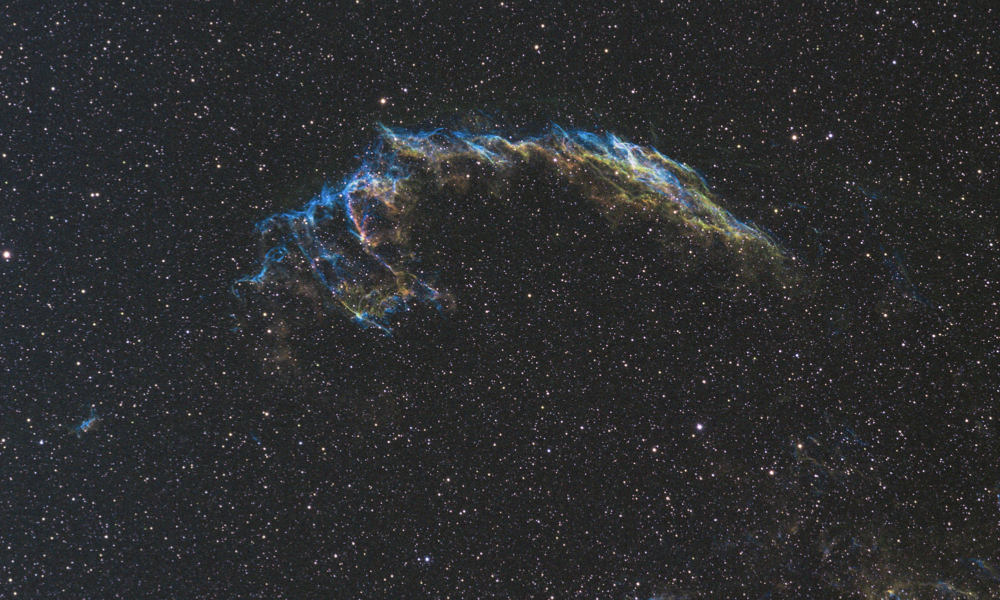
PROJECT TITLE: Subjective Video Quality Dependance on Transponder Broadcast Plan and Earth Station Parameters — SVIQUALTES
Coordinator: University Politehnica Bucharest – Research Center for Spatial Information (UPB-CEOSpaceTech)
Partners: –
Period: 29 November 2013 – 28 November 2016
Project director: Ioan Tache
Project team:
- Ioan Tache – Assistant Professor PhD Eng
- Constantin Burlacu – Lecturer Eng
- Nicolae Dragulanescu – Professor PhD Eng
Description:
Video Quality Measurement solutions:
- Objective Video Quality Measurements. Easy to implement. Not always well correlated with viewers perception.
- Subjective Video Quality Measurements. Time consuming implementation (15 to 30 selected viewers, special viewing conditions, short term selected video test sequences) according to ITU-R Recommendations. No real time measurement. The most accurate method.
Perceptual Video Quality (PVQ) Measurements
- With Reference. Need the original video. Good correlation with viewers perception
- No Reference. Suitable for Satellite Television Broadcasting were no reference video is available. Allows 24/7 PVQ measuring and monitoring with real video content and scores the result on a scale from 0 to 5 (5 meaning the best video quality) as in subjective measurements.
Constant Bit-Rate (CBR) allocation for each TV channel is a simple allocation method, easy to implement, but it doesn’t give the best results in terms of transponder bandwidth efficiency (number of TV channels per transponder).
The most common bit-rate allocation on each TV channel in the transponder is the statistical multiplexing, that allows more TV channels to be carried by a transponder than in the case CBR allocation. Each TV channel has a Variable Bit-Rate (VBR), assigned on a statistical base.
PVQ measurements will be performed with real video content broadcasted by satellite TV channels. In this way, the effects of bit-rate allocation for each TV channel in the satellite transponder through statistical multiplexing and channels priority list can be clearly specified.
For TV satellite providers there is always a tradeoff between the maximum number of TV channels (SDTV or HDTV) per transponder, compression standard (MPEG-2 or MPEG-4) and available bit-rate for each channel at any moment. When there are too many TV channels in the transponder and the video content on many of them requests a high bit-rate at a time, only the channels that are in a higher position on the transponder priority list will receive enough bit-rate from the multiplexer in order to display a good quality image. The rest of the transponder channels will receive lower bit-rates and the image displayed will be affected by over-compression artifacts (e.g. blockiness) even if there are no technical non-compliance errors in the transport stream.
Project objectives:
- Set up a general application for TV providers that can measure and monitor the PVQ in real time and with real video content, in order to specify possible influences of the transponder broadcast plan and receiving earth station parameters. The PVQ performance of any TV satellite transmission in Ku band can be evaluate, and the cause of a possible PVQ low score can be identified.
- PVQ is influenced by both transmission parameters and codecs parameters (mainly video bit-rate). Each of these can affect image quality in different ways: noise, image blocking or temporary frozen video, blockinesss, tiling/macroblocking, black image, errors in high motion complex scenes, resolution loss.
- Experimental evaluation that will indicate the types of transponder broadcasting plan which can offer the best subjective video quality.
- Define a relationship between the Perceptual Video Quality and the receiving earth station parameters through real time experiments on satellite broadcasted TV channels.
Activities:
- WP1 – Project Management and Reporting
- WP2 – Transponder Broadcasting Plan Analysis and Measurement Platform Assembling and Testing
- WP3 – Subjective Video Quality Measurements on Selected Transponders and Measurement Data Analysis
- WP4 – Subjective Video Quality Measurements on Specified Earth Station and Final Evaluation on Subjective Video Quality
Contributions to the STAR programme objectives:
- After the SVIQUALTES project completion, the CEOSpaceTech team will learn how to implement ESA procedures
- The implementation team will be able to generate proposals for ESA programmes
Homepage: SVIQUALTES
